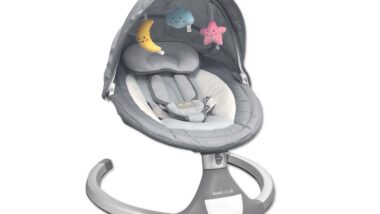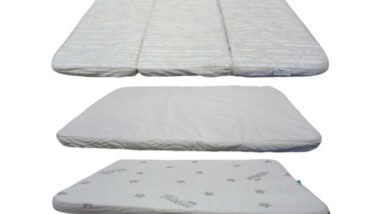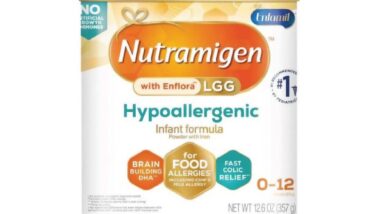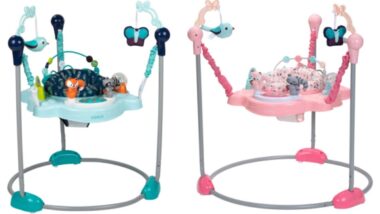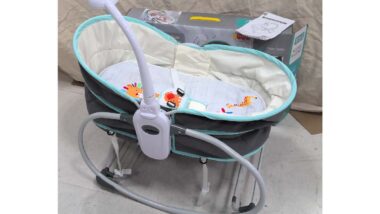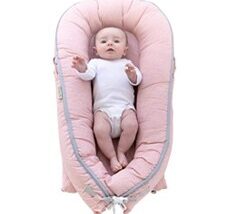Top Class Actions’s website and social media posts use affiliate links. If you make a purchase using such links, we may receive a commission, but it will not result in any additional charges to you. Please review our Affiliate Link Disclosure for more information.

As indicated by parentsaccused.co.uk, child abuse can cause fractured ribs in infants and metaphyseal lesions. These injuries are thought to develop when a limb is twisted and pulled.
The same may be the result of metabolic bone disease, according to Healio. Metabolic bone disease has been attributed to several predisposing factors, some of which are found during gestation.
What Are Predisposing Factors to Developing Metabolic Bone Disease in Infancy?
Healio says a group of radiological specialists reviewed the x-rays of 63 infants showing signs of what was thought to be child abuse. The aim of the review was to look for features of metabolic bone disease. What was found was interesting.
Intrauterine confinement with decreased fetal movement during gestation seemed to affect a type of first year brittle bone syndrome. This was supported by a U.S. National Library of Medicine report as well.
The decreased fetal movement in gestation was attributed to possible maternal use of drugs. These included over-the-counter acid-lowering medications that decrease the body’s ability to absorb calcium from dietary sources. Another factor found to contribute to infant metabolic bone disease was Vitamin D deficiency which in many cases started during the mother’s pregnancy.
What Exactly is Metabolic Bone Disease?
Metabolic bone disease is not one ailment but a family of ailments. According to Britannica.com, these bone ailments affect the constant living process of bone tissue breakdown and renewal affecting the skeletal system.
Metabolic activity in the bone tissue is undertaken by two types of cells—osteoblasts and osteoclasts. The osteoblasts create the protein matrix which builds bone and the osteoclasts digest and dissolve old bone which allows for the healing of fractures and other injuries.
When disease affects this process, bone density issues arise and cause of host of diseases such as osteoporosis, rickets, and osteomalacia. Bone density is most often measured in certain areas of the body such as the lowermost part of the spine known as the lumbar and the radius—a bone in the forearm.
What Are Other Risk Factors for Infant Bone Fractures?
According to a 2007 study from United Kingdom researchers, fractures are surprisingly common in children – with around one-third of children experiencing a fracture before they turn 16. However, fractures in infants under the age of 2 are much rarer. The researchers note that fracture incidence in these infants is around 80 for every 10,000.
Some of these fractures are reportedly caused by birth injury such as long bone fractures following a difficult labor and skull fractures from birthing devices. Other fractures may be caused by incidents such as motor accidents. However, the researchers note that most infant fractures are “unexplained.”
According to the health professionals, the cause of these seemingly unexplained fractures and fractured ribs in infants may be determined when looking into family history. Bone disease, such as the metabolic bone disease mentioned above, can be a factor in these fractures. In these cases, the researchers recommend looking into family history for risk factors.
“Clinical history and examination supplemented by radiology are currently the mainstays of detection of bone disease in infants presenting with one or more unexplained fractures,” the researchers concluded.
The researchers also point to a condition known as rickets – a condition of weakening bones in children. This condition is reportedly increasing in the developed world and can be linked to a vitamin D deficiency. Although the researchers note that rickets from vitamin D deficiency is “extremely rare in formula-fed infants,” they state that rickets in these infants should be investigated for malabsorption.
This may be the case with infants fed with Neocate, according to case studies about infants with rickets and bone fractures.
Does Infant Formula Malnutrition Play a Part in The Development of Metabolic Bone Disease?
Deficiencies in a child’s diet may contribute to metabolic bone disease, according to a separate article published by the U.S. National Library of Medicine. Fifty-one children in 17 different institutions were marked as having elemental formula-based hypophosphatemia—low blood phosphates resulting in soft bones. Elemental formula is often given to children with allergies to cow’s milk and soy products. It provides protein through an amino acid based complex.
The hypophosphatemia was associated with a diet solely dependent upon Neocate formula for a number of weeks prior to case review. Studies of the infants involved revealed 94 percent of them had bone fractures, under-mineralization of the skeletal structure, or rickets.
Join a Free Neocate Infant Formula Class Action Lawsuit Investigation
If you have a child that takes Neocate and has suffered from bone fractures or other Neocate side effects such as rickets, you may qualify to join this Neocate lawsuit investigation. Fill out the form on this page for a free case evaluation.
ATTORNEY ADVERTISING
Top Class Actions is a Proud Member of the American Bar Association
LEGAL INFORMATION IS NOT LEGAL ADVICE
Top Class Actions Legal Statement
©2008 – 2024 Top Class Actions® LLC
Various Trademarks held by their respective owners
This website is not intended for viewing or usage by European Union citizens.
Get Help – It’s Free
Join a Free Neocate Infant Formula Class Action Lawsuit Investigation
If you qualify, an attorney will contact you to discuss the details of your potential case at no charge to you.
PLEASE NOTE: If you want to participate in this investigation, it is imperative that you reply to the law firm if they call or email you. Failing to do so may result in you not getting signed up as a client or getting you dropped as a client.
E-mail any problems with this form to:
Questions@TopClassActions.com.
Oops! We could not locate your form.


